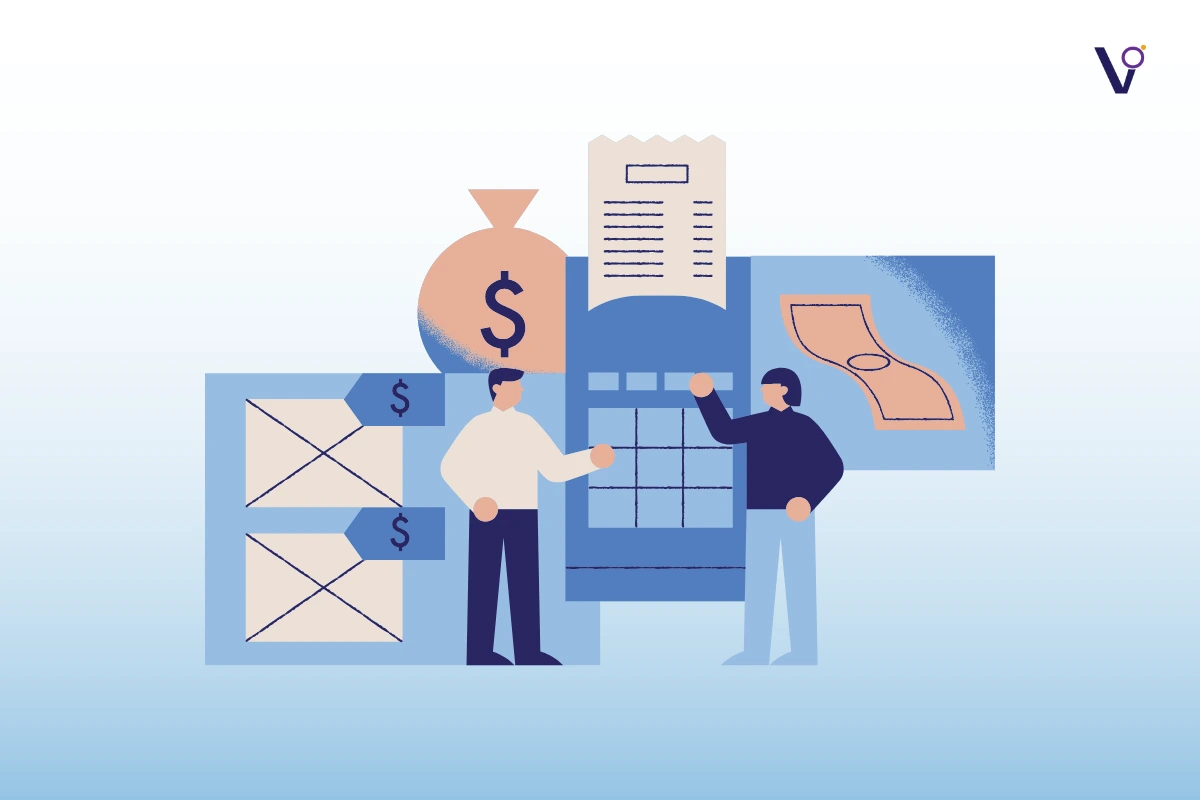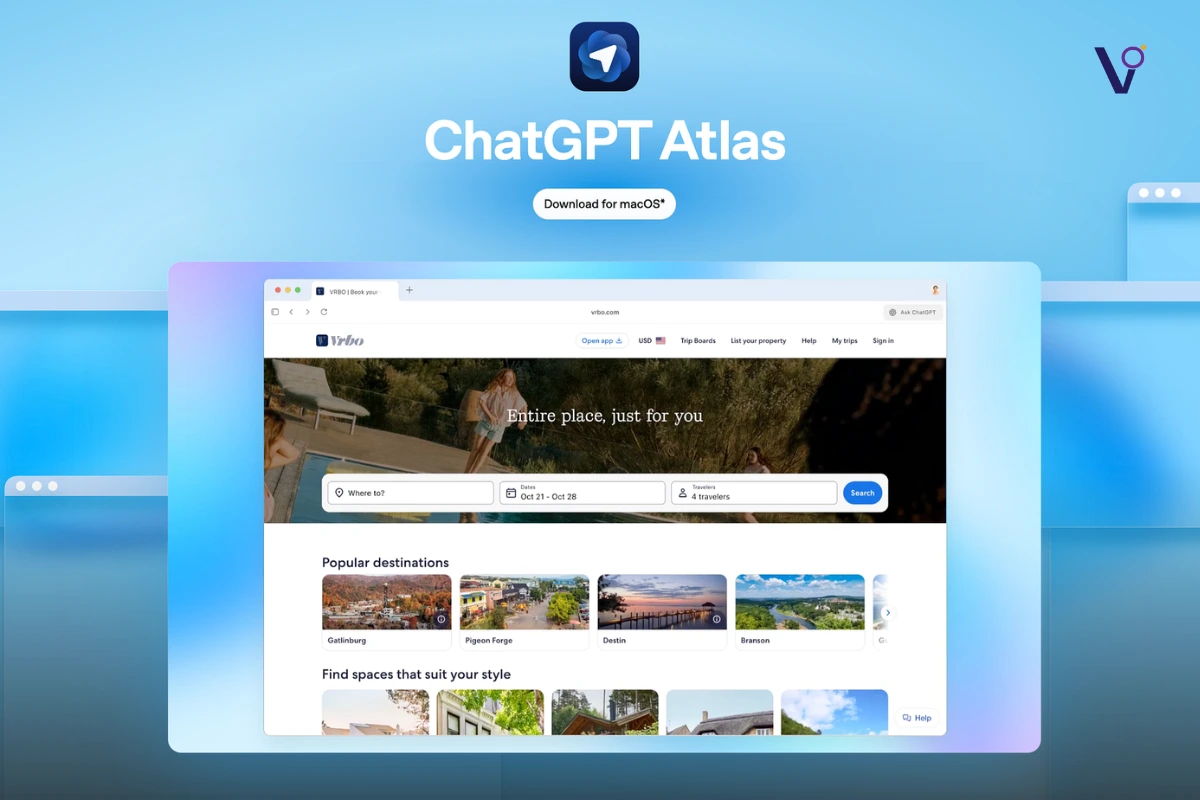What is the best way that you can get the customer to buy from you more often? It’s to create a recurring revenue sale. In this article, we want to talk about how you can double the lifetime value of your business’s products by adding recurring revenue streams. Whether it is small businesses or a huge conglomerate, adding recurring revenue to your business will hugely enhance its value.
Understanding Recurring Revenue
Recurring revenue is the steady inflow that businesses receive at fixed intervals. It is predictable and reliable, thus providing a sure foundation for the financial planning of a business. The recurring revenue model businesses include Software as a Service (SaaS) companies, which pay customers monthly or yearly to access the product or service.
Who doesn’t watch Netflix? That is the first platform that comes to mind when we want a stream a show. But have you thought about it from a business point of view? Netflix comes under “Consumption” model. Regular refreshed content is what encourages users to consume their services repeatedly: new original shows, movies, or licensed series.

Constantly adding new options creates an environment in which the user will feel like they want to keep logging in because they are excited to watch something in the pipeline. This can lead to predictable, recurring monthly revenue. Because the customer perceives ongoing value-that motivates them to continue holding onto the subscription-customers are likely to hold on to their subscriptions. It is this obsession over creating frequent usage through constant content update that makes the revenue of Netflix “recurring.“
Why Recurring Revenue Matters in SaaS

Net retainer revenue within the SaaS world is important because it supports stable growth. In the SaaS world, the firm finds confidence in steady growth as firms do not expect income from one-time purchases but instead enjoy recurring income, which might be reinvested in improving the product, expanding marketing efforts, and furthermore, providing better customer service. Such a form of structure not only provides security on the expectation of finances, but also develops lasting relationships with customers, thus becoming a possible source of growth and stability for that company.
Key SaaS Metrics for Recurring Revenue Success
To keep track of recurring revenue, SaaS companies often focus on metrics like Monthly Recurring Revenue (MRR) and Annual Recurring Revenue (ARR), which reveal predictable income flows. Other important metrics include:
- Customer retention rate: This is a measure of how long customers maintain a service.
- Churn rate: Represents the number of canceled subscriptions by customers.
- Customer Lifetime Value (CLTV): This is the expected total revenue generated from a customer during their lifetime with the company.
These metrics allow SaaS businesses to read customer behavior and predict future revenue while better generating strategies.
Types of Recurring Revenue Models
While there are different forms of recurring revenue models, each applies to a different form of business:
- Recurring model: Customers pay regularly to use a product or service, as with streaming services or any software.
- Membership Model: This is a very common phenomenon that has been encountered in gym membership or online learning sites, where customers pay for continuous access to a community or exclusive content.
- Usage-Based Model: Charges are made according to the usage of the customer. Most commonly experienced in industries like cloud storage where charges depend on data consumption.
- Freemium Model with Paid Upgrades: This model makes an essential service free but charges extra for premium features; this model is typical in mobile apps and productivity software.
Why Businesses Choose Recurring Revenue Models
To most business ventures, the recurring revenue model is attractive because of its predictability and potential for growth. Recurring revenue can:
- Work with predictable income so that financial planning is less bumpy and cash flow is stable.
- Emphasize long-term engagement and not transactions, focusing on developing a better connection with customers.
- Boosting interaction to improve retention but also allow a chance to listen to more feedback from customers that improves the product.
Building a Recurring Revenue Business
1. Consumption-Based Model
Encouraging regular use of a product or service drives recurring purchases. Companies often focus on creating continuous value and relevance, so customers naturally want to keep engaging.
Like earlier, we talked about Netflix. It relies on users’ desire to continuously consume content. By regularly adding new and exclusive shows and films, Netflix creates an environment where users want to keep subscribing to enjoy uninterrupted content.
2. Collateral
Collateral involves holding something valuable to the customer, either physically or digitally, which encourages subscription continuity. When customers trust a business to securely hold their valuable items or data, they’re more likely to keep paying to maintain access, minimizing the risk of losing something essential.
3. Switching Costs
When moving to a different provider becomes complex or costly, customers tend to stay put. High switching costs can come from large initial setup investments or the hassle of transferring data, which can naturally deter cancellations and maintain a steady revenue stream over time.
4. Lack of Choice
When customers have limited alternatives, they’re more inclined to stick with a brand. Some businesses create exclusivity through patents or specialized contracts, making their product or service the only viable option. This strategy keeps customers returning and creates a stable flow of recurring income.
5. Control of Money Flow
Certain companies control how and when payments are processed, making fees feel seamless within the service experience. This approach is subtle and convenient for customers, ensuring steady income without disrupting the user experience or requiring direct customer action with each transaction.
6. Cause-Driven Purchases
People tend to support brands that share a cause they care about, turning one-time buyers into regulars. When companies connect with customers on shared values, like eco-friendliness or gluten-free products, it makes customers feel like they’re contributing to something meaningful. Many brands today focus on being environmentally friendly, and the new generation especially values these products. They don’t just buy—they often promote the brands too.
7. Community
It creates a loyal customer base, which will stay with you. Customers who feel they’re being part of something bigger or doing something for something bigger can continue supporting the brand; being part of a community or all-inclusive mission is more than enough for them to give repeated purchases and even engage further.
For instance Starbucks, it has created a brand that symbolizes something much bigger than coffee. It is a place to work, relax, and even a place to hangout with friends. People return, not for their coffee alone, but to the environment and familiarity. Starbucks has created such an ambience that keeps customers keep returning.

8. Seasonal and Limited-Edition Products:
For Starbucks, special seasonal drinks, like Pumpkin Spice Latte, bring customers back for something new and exclusive. These limited offerings keep excitement high and generate recurring purchases during these seasons.
Create a limited addition collection for your brand and you will for yourself see the excitment level reach it’s peak and well, ofcourses the sales too.
All of these strategies provide means to generate recurring revenue. Select the options that best suit your business model and implement them to establish a steady and predictable flow of income.
Recurring revenue is the consistent income a business earns regularly, often from subscriptions or long-term contracts, ensuring a steady cash flow.
MRR is calculated by multiplying the average revenue per user (ARPU) by the total number of active subscribers each month.
You can establish recurring revenue by offering subscription services, maintenance plans, or memberships that encourage customers to make regular, repeat purchases.
Examples include subscription boxes, SaaS platforms, memberships, service retainers, and maintenance agreements.
Subscription management platforms, CRM systems, and billing software like Stripe, Zuora, or Recurly are commonly used to track and manage recurring revenue.



